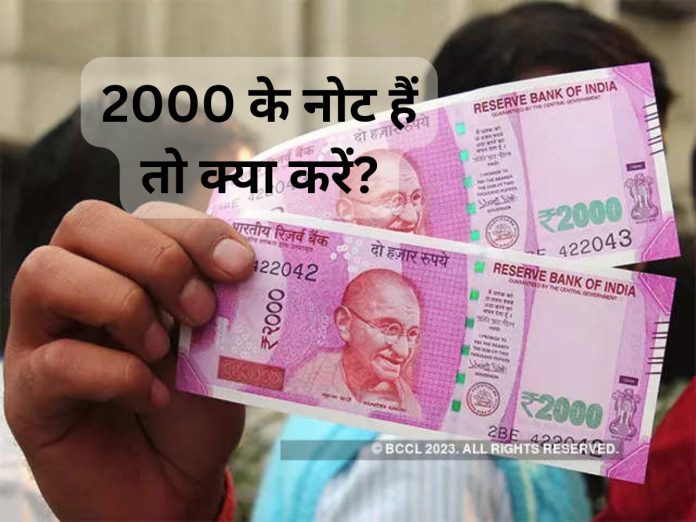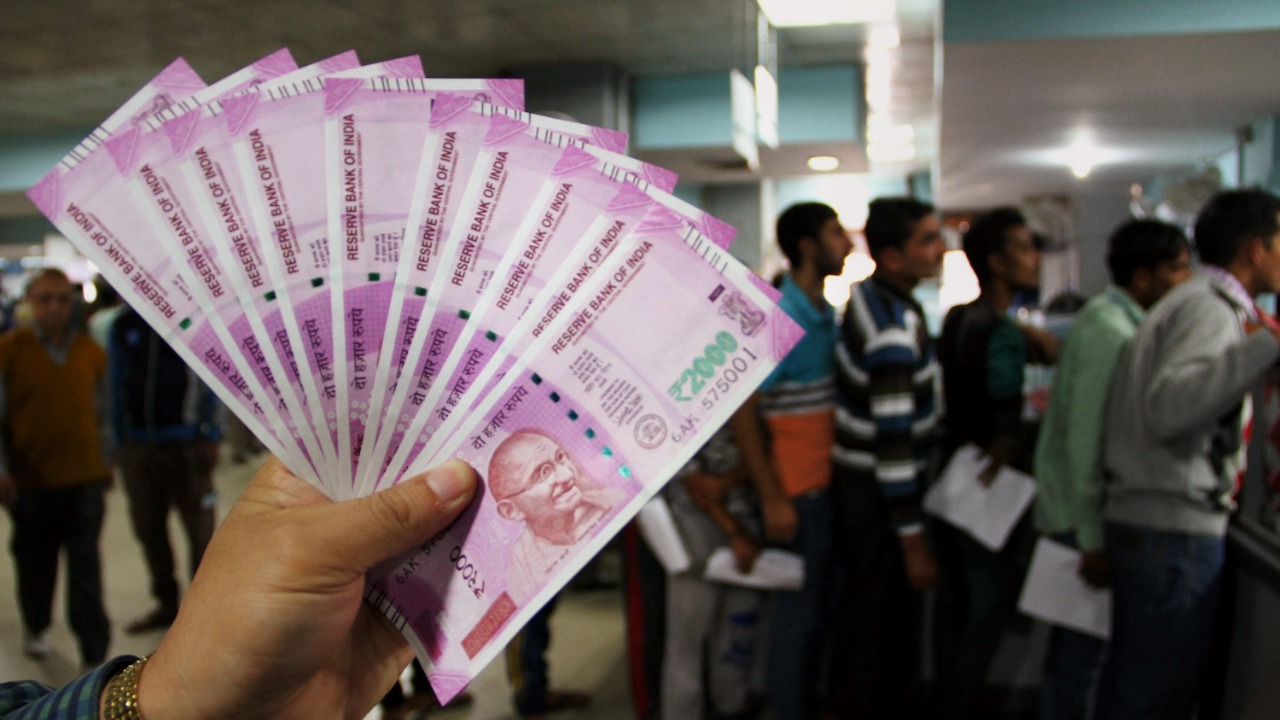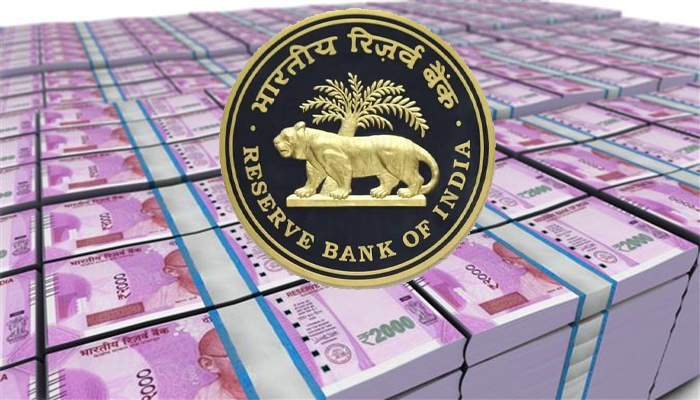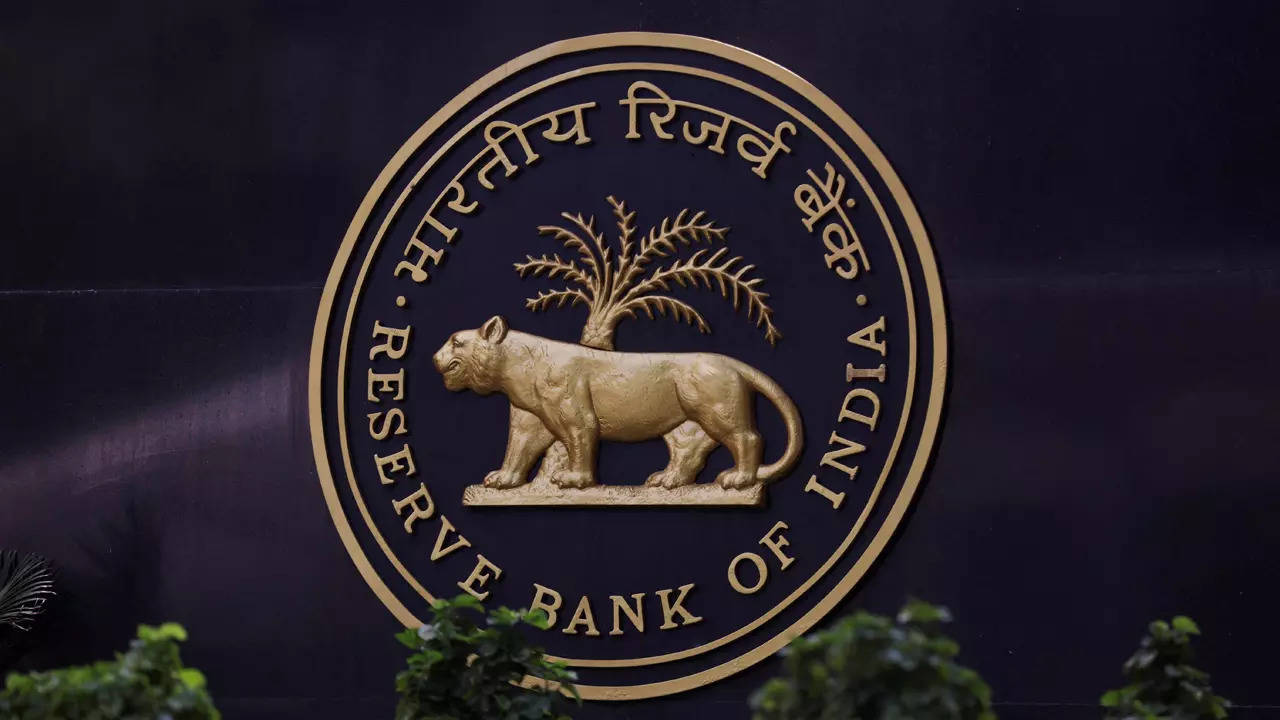RBI has said that it will stop printing 2000-rupee notes. Those who possess Rs 2,000 notes will be able to exchange them till September 30, 2023, even if these notes won’t be valid or invalid. Following the introduction of the 2000 note into circulation on November 8, 2016, demonization. The 500 and 1,000 rupee notes were withdrawn from circulation on November 8th, 2016, following PM Modi’s declaration. And according to the RBI, 2,000 rupee notes were created to make up for the immediate shortfall of cash that resulted from the closure of these 500 and 1,000 rupee notes. The RBI stated that 2,000 notes were to be phased out once enough 500, 100, and 200 notes had been issued.
10.8% of 2000 bills are still in circulation.
Describe how 37.3 percent of the total currency circulation consisted of Rs 2,000 notes on March 31, 2018, which were valued at Rs 6,73,000 crore. By March 31, 2023, this value had decreased to Rs 3,62,000 crore. And as of right now, the percentage of Rs 2,000 notes in circulation has dropped to 10.8%, which is a decline of more than three and a half times. The RBI claims that the 1,000 and 500 rupee notes were invalid in 2016. They made up roughly 86 percent of the entire amount of money in circulation. In contrast, only 10.8% of the notes worth Rs 2,000 are now in use.
Where can I exchange 2000 notes?
In other words, because these notes are no longer in use and are gradually being phased out of circulation, according to the RBI, people won’t experience many problems as a result of their discontinuation. These Rs. 2,000 notes are being removed from circulation as part of the Clean Note Policy, according to an instruction from the RBI, although they will not be deemed invalid. And until September 30, customers can alter or deposit them by visiting banks. Beginning on May 23, anyone can change notes by visiting any bank’s location. The country’s 19 regional facilities run by the RBI will also accept Rs 2,000 note exchanges.
RBI issued this directive.
Additionally, RBI sent a letter to the banks. The RBI has instructed the banks to stop dispensing 2000-note bills to the general public in their ATMs or during cash withdrawals. The RBI has also mandated that banks redesign ATMs in response to this. Along with this, banks have been instructed to assist customers in exchanging notes with the aid of mobile vans if necessary in rural, isolated locations without banks.
Why was the 2000 note removed from circulation?
Another key justification cited for the demonetization of Rs 2,000 notes is black money. Now that the experts have spoken, we will know if the pink-colored Rs 2,000 note contributed to an increase in illegal money. Before contacting our professionals, we’ll even present you with some statistics. According to the Reserve Bank of India’s report, 6,849 crores of 500 and 2000 rupee notes have been issued since 2016. However, more than 1,680 crores of these notes are currently missing from circulation, with a total value of 9.21 lakh crores.
Attack on Black Money!
Furthermore, a significant portion of the black money seized in the raids from Uttar Pradesh to West Bengal consisted solely of notes valued at 2,000, leading some to speculate that the missing note may be present in the form of black money. No one will ever forget the speech that Prime Minister Narendra Modi gave the nation on November 8, 2016, at precisely 8 o’clock in the evening. On this day, abruptly, Prime Minister Narendra Modi made a significant decision affecting the nation’s economy. The 500 and 1000 rupee bills were taken off the market on this day. Demonetization was the term used. The Rs. 500 and Rs. 100 notes will no longer be accepted as legal money as of midnight tonight.
Following demonetization, new 500 and 2000 rupee notes entered circulation.
Banks and ATMs used to give out 500 and 2000 rupee bills to the general population up to the set limit. When fresh currency notes were demonetized, there weren’t nearly enough of them to cover everyone’s monetary needs. There was a lot of turmoil as a result. As far as the 2000 rupee note is concerned, the RBI printed this note as early as 2016. The RBI anticipated that the 2000 Rupee note would be the most popular for meeting people’s cash demands after demonetization. This 2000 rupee note was the largest denomination of currency in circulation after 1978.
 Before the year 1978, the largest banknote in the nation
Before the year 1978, the largest banknote in the nation
was the Rs 10,000 note that was produced in 1938. When the rupee was demonetized, the RBI believed that people who would deposit money would have their needs addressed right away because they would receive Rs 2000 notes in their place. For this reason, the RBI had more than 370 crore notes of 2000 rupees issued. The RBI printed 354 crore 29 lakh notes in 2016. It cost roughly Rs. 7 lakh 8 thousand crores. 11 crores 15 lakh notes, with a value of roughly 22,000 300 crore rupees, were printed in 2017. Similarly, 4 crores of 67 lakh notes of Rs 2000 were printed in 2018.
Read More: Post Office Scheme is giving double the money invested within a few months

|
|
 YouTube YouTube |
Click Here |
 Facebook Page Facebook Page |
Click Here |
 Instagram Instagram |
Click Here |
 Telegram Channel Telegram Channel |
Click Here |









